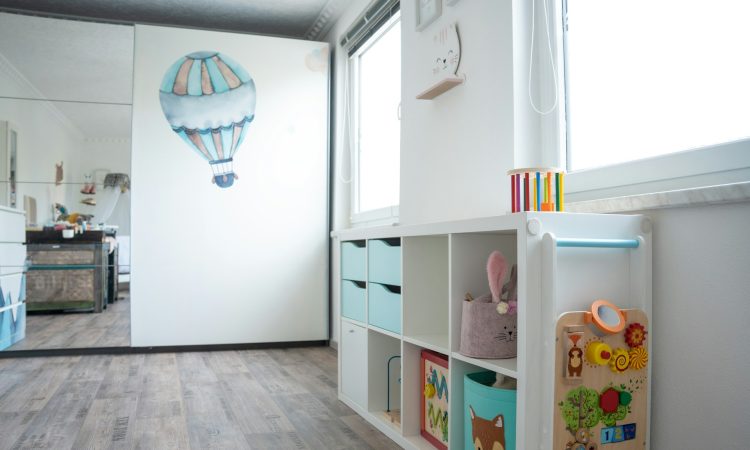
Toys and play areas are essential components of a child’s development, providing not only entertainment but also opportunities for learning and social interaction. However, these items can also harbor germs and bacteria if not properly sanitized. The question then arises: how often should toys and play areas be sanitized to keep them safe and clean?
Importance of Regular Sanitization
Regular sanitization of toys and play areas is crucial for maintaining a healthy environment for children. Kids are naturally curious and often put toys in their mouths, increasing the risk of ingesting harmful bacteria. Additionally, shared play areas can become breeding grounds for germs, especially in settings like daycare centers and schools where multiple children interact daily. By implementing a consistent sanitization routine, caregivers can help prevent the spread of illnesses and create a safer space for children to play and learn.
Frequency of Sanitization
The frequency of sanitizing toys and play areas depends on various factors, including the number of children using the items, the type of toys, and the environment in which they are used. As a general guideline, toys that are frequently handled or mouthed should be sanitized more often than those that are used less frequently. High-touch surfaces, such as doorknobs, should also be included in regular sanitization routines to prevent the spread of germs.
Daily Sanitization
For toys and play areas that see heavy use, daily sanitization may be necessary to maintain cleanliness and prevent the spread of germs. This is particularly important in settings where multiple children share toys, such as daycare centers, schools, and playrooms. Using disinfectant wipes or sprays specifically designed for toys can help kill bacteria and viruses on surfaces, reducing the risk of illness transmission.
Weekly Sanitization
Toys and play areas that are used less frequently may only require weekly sanitization. This can include items like stuffed animals, board games, and outdoor play equipment. A thorough cleaning with soap and water, followed by disinfection with a toy-safe cleaner, can help keep these items germ-free and safe for children to use.
Monthly Sanitization
Some toys and play areas may only need to be sanitized on a monthly basis, especially if they are not regularly used or if children have limited contact with them. Items like dress-up clothes, large play structures, and electronic toys can be included in monthly sanitization routines to ensure they remain clean and safe for children to enjoy.
Signs That Sanitization is Needed
Caregivers should also be vigilant for signs that toys and play areas need to be sanitized more frequently. These signs can include visible dirt or grime on toys, a lingering odor, or an increase in illnesses among children who use the items. By staying attuned to these signals, caregivers can proactively address cleanliness issues and prevent the spread of germs in shared play spaces.
Safe Sanitization Practices
When sanitizing toys and play areas, it is important to use safe and effective cleaning methods to protect children from harmful chemicals. Opt for non-toxic, child-safe cleaning products that are specifically formulated for toys and play surfaces. Additionally, always follow the manufacturer’s instructions for cleaning and disinfecting toys to ensure they are properly sanitized without causing damage.
Regular Maintenance and Inspection
In addition to regular sanitization, caregivers should also perform routine maintenance and inspection of toys and play areas to ensure they are in good condition. Check for loose parts, broken items, or signs of wear and tear that could pose a safety hazard to children. Promptly repair or replace any damaged toys to maintain a safe and enjoyable play environment.
Conclusion: Maintaining a Healthy Play Environment
In conclusion, regular sanitization of toys and play areas is essential for keeping children safe and healthy. By implementing a consistent cleaning routine based on the frequency of use and type of items, caregivers can create a clean and germ-free environment for children to play and learn. By staying proactive and attentive to cleanliness, caregivers can help prevent the spread of illnesses and promote a safe and enjoyable play experience for children.





